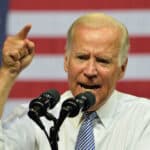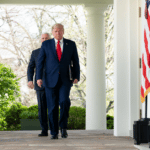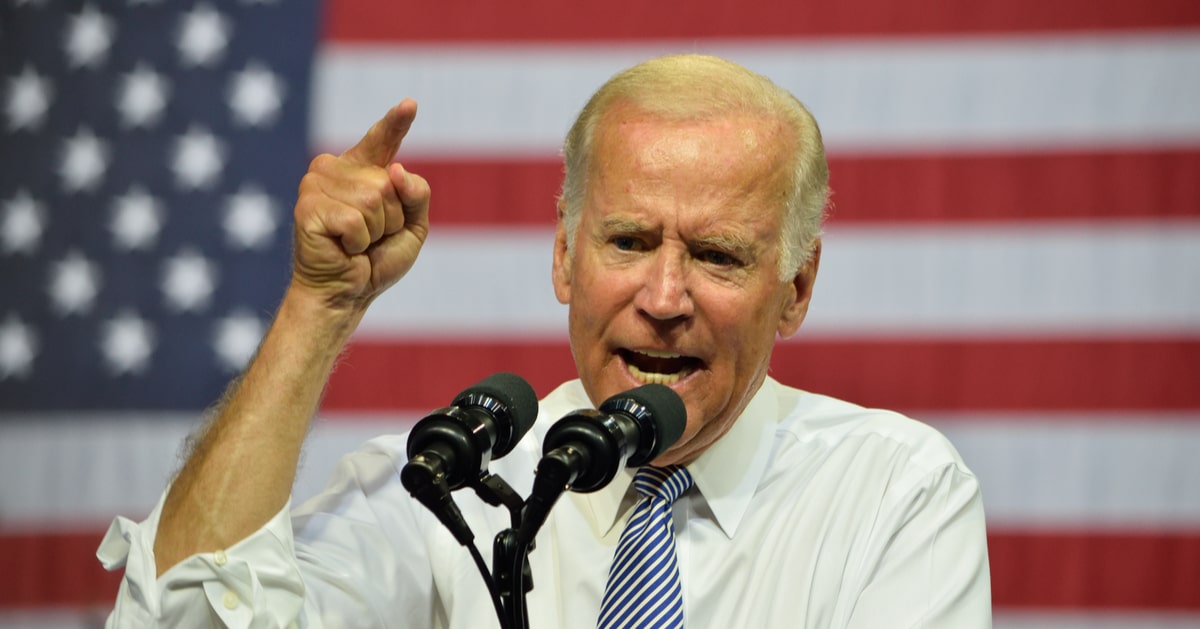
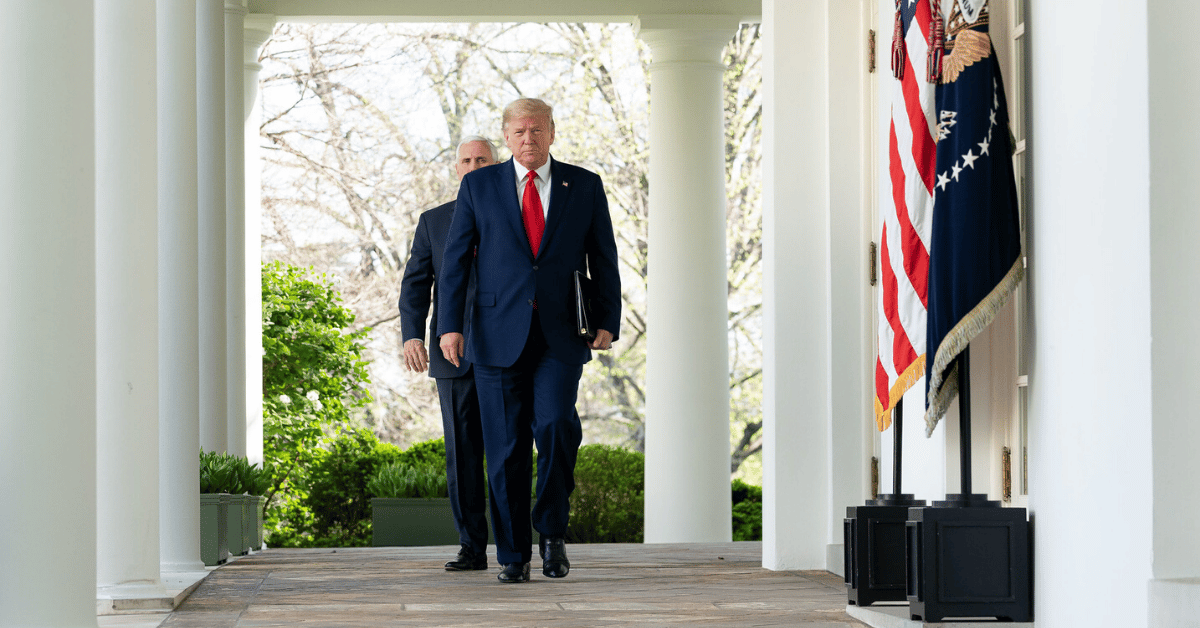
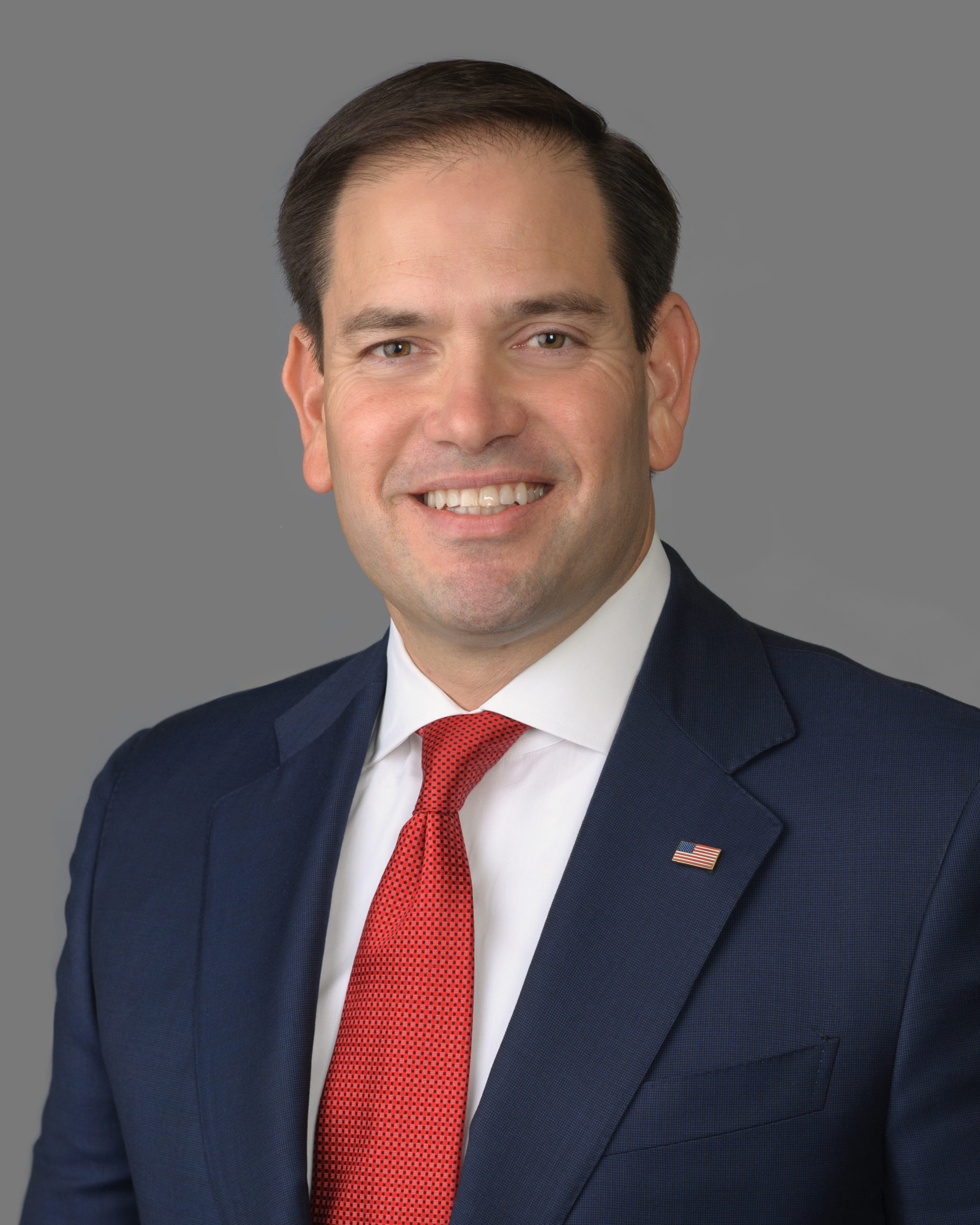
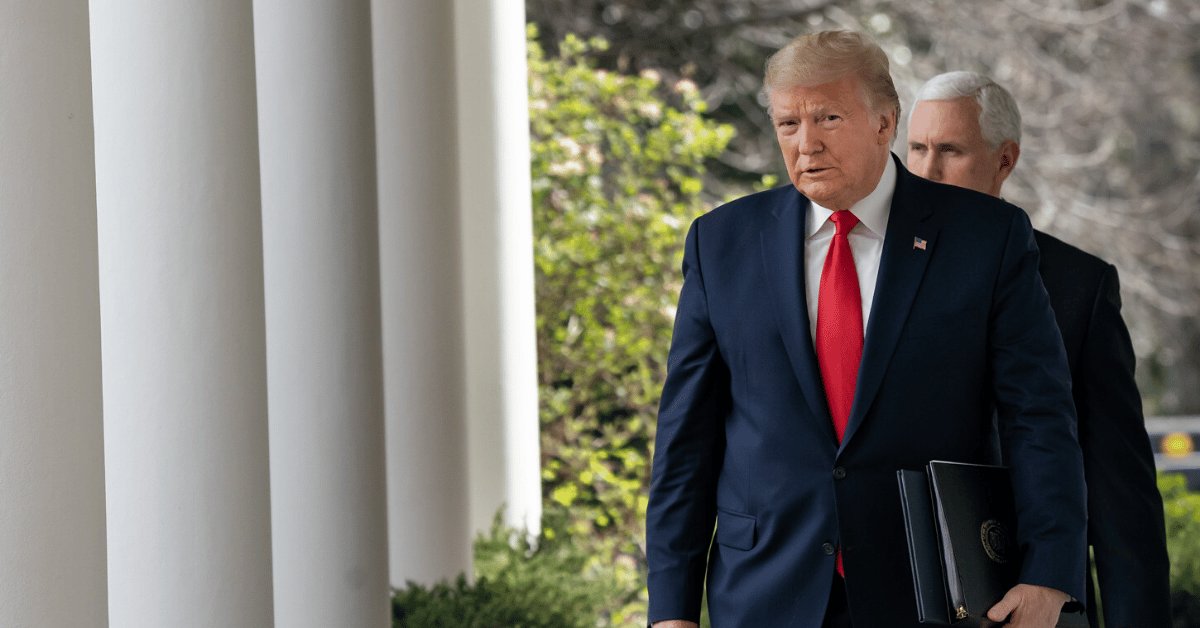
U.S. President Donald Trump has announced plans to terminate the Department of Education through executive action, sparking a debate about federal and local control of education.
Reuters reported that the move involves a proposed 90-day review period to develop a plan, requiring input from Congress as well as support from teachers' unions.
Trump revealed his intention to eliminate the Education Department at a recent press briefing, emphasizing the need for a collaborative effort with Congress and the involvement of teachers' unions to make this significant change a reality.
Although he outlined his desire to execute this plan through an executive order, he acknowledged the complexities involved. "I think I'd work with Congress," Trump said, referencing the legislative partnership necessary for the initiative.
The President underscored the high expenditure per pupil in the United States compared to other countries, arguing that the quality of education remains unsatisfactory.
"We spend more per pupil than any other country in the world, and we're ranked at the bottom of the list," Trump said. "We're ranked very badly. And what I want to do is let the states run schools."
For Trump to achieve his goal, he must obtain congressional input, especially since major legislation is required to dismantle a cabinet-level agency. This procedure demands a supermajority vote of 60 senators, including support from seven Democrats, which poses a significant challenge due to current Senate dynamics.
In the interim, the President plans to conduct a 90-day review period dedicated to laying out the strategy for closure. Trump has tasked his nominee for education secretary, Linda McMahon, with working towards shutting down the department.
McMahon, however, has not yet received confirmation from the Senate for her role. Trump humorously remarked on his expectations, stating, "I told Linda: 'Linda, I hope you do a great job and put yourself out of a job.' I want her to put herself out of a job."
This maneuver highlights Trump's broader vision to decentralize educational governance, transferring several responsibilities currently managed by the Education Department to other federal entities, such as the departments of Treasury, Labor, and Justice.
Public perception of this announcement is varied, with some expressing skepticism about the future of federal involvement in education.
Critics argue against the department due to dissatisfaction over policies such as student loan forgiveness and diversity initiatives introduced by previous administrations.
Notably, teachers' unions are crucial stakeholders in this conversation. Randi Weingarten, a prominent figure in the educational sector, expressed readiness to engage in dialogue but voiced apprehensions about the proposed changes.
"We’d be happy to have a conversation with the new president," Weingarten said, emphasizing how local districts have long played a primary role in public education.
Weingarten raised concerns about how the elimination of the department might adversely impact millions of working and middle-class students. Federal funding, she noted, plays a critical role in enhancing public education, and any reduction could jeopardize essential programs supporting these students.
This proposed elimination follows a series of executive orders from Trump targeting federal diversity, equity, and inclusion programs, which have notably impacted the staff within the Education Department.
In pursuing the closure of the Education Department, Trump's administration faces numerous hurdles. Legislative opposition, chiefly from Senate Democrats, remains firm. To date, there has been no indication of bipartisan support necessary to realize this objective.

